All Stories
-
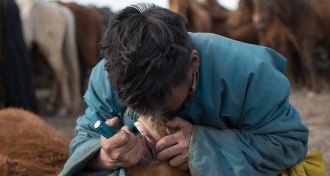 Archaeology
ArchaeologyMongolians practiced horse dentistry as early as 3,200 years ago
Horse dentistry got an early start among Bronze Age Mongolian herders.
By Bruce Bower -
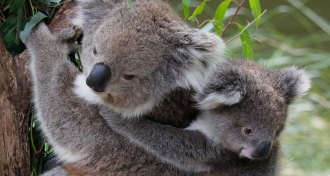 Genetics
GeneticsKoala genome may contain clues for helping the species survive
The complete genetic instruction book of a koala may explain why the cuddly-looking cuties are such picky eaters, among other secrets.
-
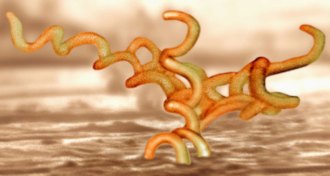 Health & Medicine
Health & MedicineFinally, there’s a way to keep syphilis growing in the lab
Scientists have figured out how to keep a sample of the bacteria Treponema pallidum alive and infectious for over eight months.
-
 Genetics
GeneticsThe study of human heredity got its start in insane asylums
‘Genetics in the Madhouse’ reveals how human heredity research began as a statistical science in 19th century insane asylums.
By Bruce Bower -
 Quantum Physics
Quantum PhysicsMini machines can evade friction by taking quantum shortcuts
Special maneuvers allow researchers to create tiny machines that are as efficient as possible.
-
 Psychology
PsychologyKids today are waiting longer than ever in the classic marshmallow test
Preschoolers wait longer for extra treats than they used to. What does it mean?
By Bruce Bower -
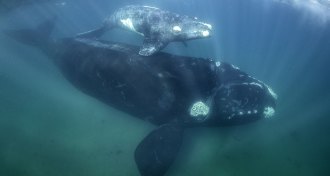 Animals
Animals‘Spying on Whales’ dives into the story of true leviathans
"Spying on Whales" retraces the evolution of cetaceans, explaining how they came to be some of Earth’s largest creatures.
By Sid Perkins -
 Animals
AnimalsThis invasive tick can clone itself and suck livestock dry
The newly invasive longhorned tick, now found in four continental U.S. states, spreads human diseases in its native Asia. Here, it’s mostly a threat to livestock — so far.
-
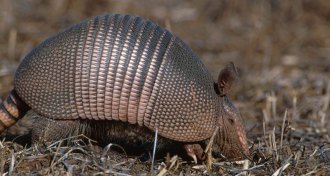 Life
LifeLeprosy lurks in armadillos in Brazil’s Amazon
Armadillos in the Brazilian Amazon are often infected with leprosy, which they may pass to people.
-
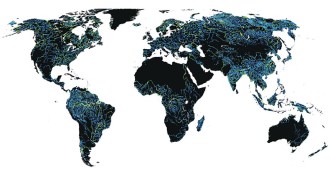 Earth
EarthEarth’s rivers cover 44 percent more land than we thought
A global survey of rivers and streams based on satellite data suggests that these waterways traverse about 773,000 square kilometers.
-
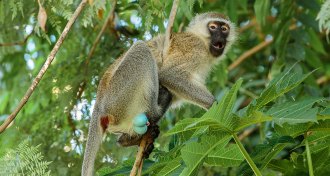 Animals
AnimalsWhy some mammal species don’t have descended testicles, but most do
New research studying genetic vestiges suggests that descended testicles are as ancient as the first placental mammal.
By Angus Chen -
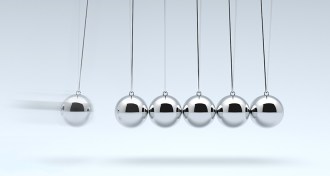 Quantum Physics
Quantum PhysicsA tiny version of this physics toy is revealing quantum secrets
Scientists created a quantum Newton’s cradle to study thermal equilibrium.